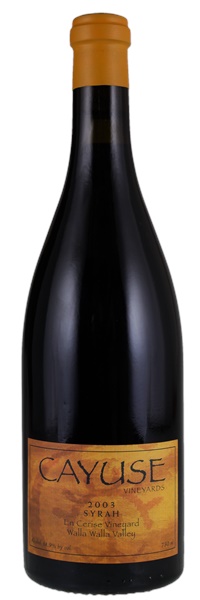Estimate

Amazingly, eye-openingly, effusively peppery, a jolt to the senses that then subsides and lets the cherry, red plum and red berry flavors come waltzing through and establish a beachhead that carries through to the finish. Gorgeous stuff.
Highly nuanced nose combines cherry, raspberry, smoked meat, sandalwood, pepper and flint. Spicy, musky and not at all overly sweet, with flavors of raspberry, grilled meat and sandalwood, along with a saline nuance.
... displays outstanding depth of fruit, and possesses appealing mouthfeel. Spicy blackberries make up its expressive, pure, deep, and long flavor profile...